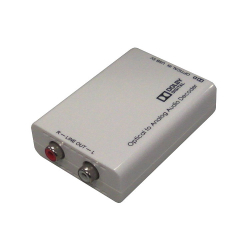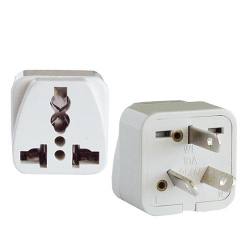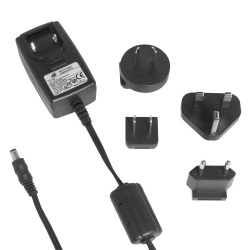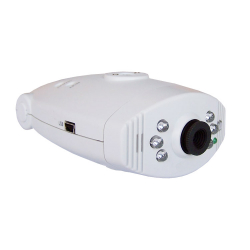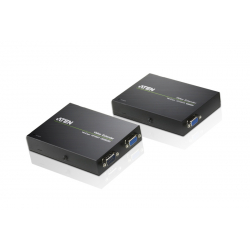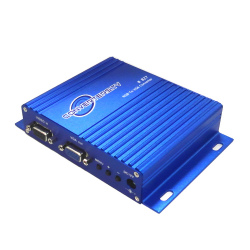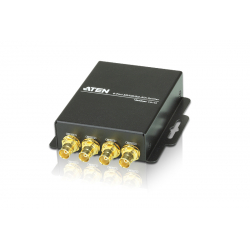A B C D E F G H I J K L M N O P Q R S T U V W X Y Z _
| EDID | The Extended Display Identification Data (EDID) is a data-structure, provided by a display monitor, to describe its capabilities to a graphics card connected to it. It is what enables a modern personal computer to know what kind of monitor is connected. The EDID includes the manufacturer's name, the product type, the timing data supported by the display, the display size, luminance data and (for digital displays only) pixel mapping and other data. |
| EGA | The IBM PC computer display standard specification located between CGA and VGA in terms of colour and space resolution. EGA (Enhanced Graphics Adapter) produces a display of 16 simultaneous colours from a palette of 64 at a resolution of up to 640×350 pixels. The EGA standard was made obsolete by the introduction of VGA and later higher resolutions. |
| Equalization | Equalization, or EQ for short, means boosting or reducing (attenuating) the levels of different frequencies in a signal. The term generally implies Amplitude equalization, but any frequency dependent response characteristic could be equalized. Audio equalization for example breaks down the audio spectrum into several frequency bands to compensate for changes in audio frequency-dependent levels, allowing the user to control (boost or cut) each frequency segment individually. |
| EVGA | Extended Video Graphics Array (or EVGA) is a standard created by VESA in 1991 denoting a non-interlaced resolution of 1024x768 at a maximum of 70Hz refresh rate. EVGA is similar to (but is not the same as) the IBM XGA standard. |
| EDTV | Enhanced Definition Television, also known as Extended Definition Television. EDTV is a format that delivers a picture that is superior to that of standard definition television (SDTV), but not as detailed as high definition television (HDTV). For example a television may accept a HDTV signal, will only display at a resolution of up to 480P. |

